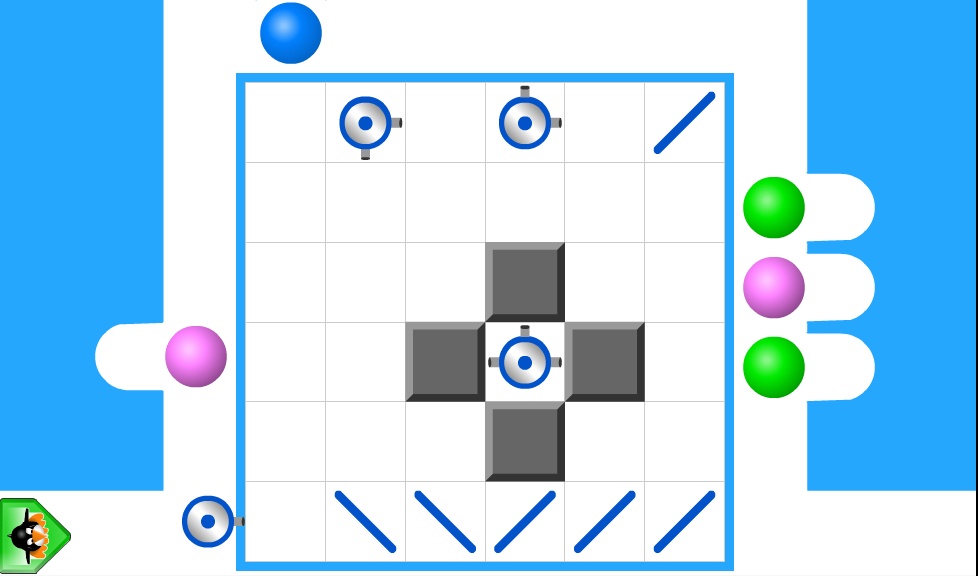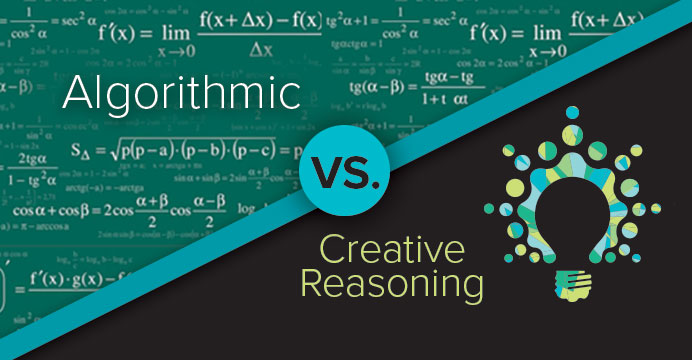In today’s Generation Alpha, where screens tend to take precedence over human interaction, the key is not just the time spent on screens but the quality of activities engaged in while using them. With this in mind, the impact of digital learning can be more scalable with increased community and family engagement.
The introduction of touchscreens has the potential to revolutionize learning by providing interactive experiences that not only transcend language barriers, but allow kids to delve deep into complex math concepts. For this to happen across the board, we need to leverage technology rather than digitally display analog solutions.
When we embrace technology, rather than fight it, we can hold the content and experiences we put on the screen accountable.
Embracing the Digital Revolution
Gen Alpha predominantly prefers screens. Recognizing this preference underscores the significance of the activities carried out during screen interactions. Not all that digital is gold, but we’ve seen how increased digital engagement, when purposefully designed, can yield scalable impacts at a level impossible without digitized solutions.
The use of touchscreens unlocks a unique form of interactivity that resonates positively with young learners. This interactivity allows children to explore and grasp deep math concepts without reliance on language, a contrast to the conventional educational environment where mathematical learning is often presented through static textbooks and worksheets.
One key to this digital interaction is students interacting more deeply than just multiple choice. Another is the use of the digital environment to create formative feedback that is flexible—meaning it’s not the same “good job” or “here’s a hint” feedback we so commonly see. If we embrace these two features, digital learning can mimic the real world by offering more autonomy and inherent feedback that our brains are wired to learn from.
The Interactivity Gap in Math Education
Despite the advancements in digital technology, the traditional math learning experience in schools often remains rooted in textbooks, lacking the much-needed interactivity that fosters critical thinking and problem-solving skills. Students are accustomed to immersive and interactive digital environments outside the classroom, where they engage in collaborative activities, construct virtual worlds, and problem-solve in real time. But the disconnect arises when they’re confronted with passive instruction methods that fail to resonate with their interactive learning expectations.
The mantra of “learning by doing” underscores the importance of active engagement in the learning process. Empowering students to build mathematical ideas rather than merely absorbing information leads to deeper understanding and greater retention.
Gen Alpha, born into a world of interactivity and digital immersion, thrives in environments where they can actively explore and construct knowledge, paralleling the real-world experiences they encounter outside the classroom. It turns out that the human brain learns best in these environments. Gen Alpha shows us just how much they want interactivity in math class.
The Power of Interactivity in Math Learning
Interactivity serves as a catalyst for enabling kids to process and internalize mathematical concepts in a way that aligns with their innate abilities to reason, think, and problem-solve. The human brain is designed to interact with a dynamic world as trees sway, animals move, and the sun rises and sets.
Our inherent learning “style” is both spatial and temporal—managing changes through space and time. The traditional approach to math education lacks meaningful interactivity because it doesn’t leverage this, instead trying to leverage technology to aid in the rapid absorption of knowledge—an approach that’s not been living up to its hype.
This stark contrast between passive absorption of information and active problem-solving opportunities signifies an essential shift in educational strategies.
Bridging the Generational Gap Through Effective Technology Integration
It’s clear that the educational landscape needs to adapt to the reality of Gen Alpha’s digital upbringing. Instead of merely digitizing traditional learning materials, there’s a need to leverage the interactive features of digital screens, allowing students to actively engage with mathematical concepts.
This approach aligns with the notion that “learning is built, not transferred.” By encouraging students to construct mathematical ideas rather than simply absorbing explanations, we can cater to the natural inclinations of the tech-savvy Alpha Generation, setting the stage for more effective and meaningful learning experiences.
Fostering Equity
An interactive learning environment can serve as a great equalizer, transcending linguistic barriers and catering to diverse learning needs. By reducing the reliance on language for learning and embracing interactivity, students can effectively navigate and comprehend mathematical concepts, empowering them to articulate their understanding in their own terms, much like their natural interactions with digital games and activities.
Interactive learning has also shown promise in addressing the needs of under-served student populations, bridging the gap between high achievers and those who may typically struggle to engage with traditional educational modes. Amidst the cultural shift in math education, this inclusive approach becomes a powerful tool for promoting equitable learning opportunities across the board.
By leveraging interactive learning tools, educators can bridge the gap between linguistic barriers and math education. Interactivity is the new language of learning. It enables students to comprehend math concepts without relying solely on traditional language-based instruction.
With the prevalent comfort of the digital world, we also have the potential to tackle math anxiety. When we avoid an activity, or remain passive with it, we are exhibiting symptoms of anxiety-avoidance behavior. Instead, when we instantly get up and run with a task, we display inherent agency. In some ways, this is the opposite of anxiety. Anxiety also impacts our students in the same way. Perhaps, in trying to close learning gaps, we give a long, hard look at the role anxiety plays and the potential impact of highly passive experiences.
Altogether, this approach can enhance equity in education and cater to the diverse learning needs of all students.
The Culture Shift in Math: Making Mistakes Matter
In reshaping the culture of math education, the focus moves from penalizing mistakes to empowering students through productive struggle. Digital interactivity does this seamlessly. Instead of emphasizing the immediate correctness of responses, adopting an interactive learning model encourages students to engage with challenges and mistakes as integral parts of the learning process.
In a traditional approach, we hope for kids to start getting the correct answers right away, and keep getting them through state testing. The digital world is a welcomed antithesis to this in that kids can try out ideas and instantly see how the idea worked or not. For this reason, mistakes aren’t a big deal. They aren’t heavy, nor to be avoided. They are one of learning’s greatest untapped resources. This shift aligns with the inherent need of Gen Alpha to relish in overcoming complex tasks and embracing struggle as a means to foster growth and mastery.
By harnessing the potential of interactive technology, educators can instill a sense of power within students, allowing them to own their learning experiences, from initial struggles to eventual triumphs. This transformation in approach signifies a departure from archaic learning methods, harnessing technology to provide conceptual, interactive, and deeply engaging educational experiences.
The path to transforming math education lies in recognizing and embracing the digital interface as a medium to foster impactful, interactive learning experiences. There’s also value in putting pen to page—especially given that we use our bodies to express ideas.
The goal isn’t to avoid anything non-digital. The goal is to leverage technology as powerfully as we can. In doing so, we can initiate a culture shift in mathematics, where mistakes are embraced, struggles are productive, and interactivity fosters equitable and deeply impactful learning opportunities.
Join us in empowering students to solve global challenges through innovative math education. Explore our approach to math education here.



